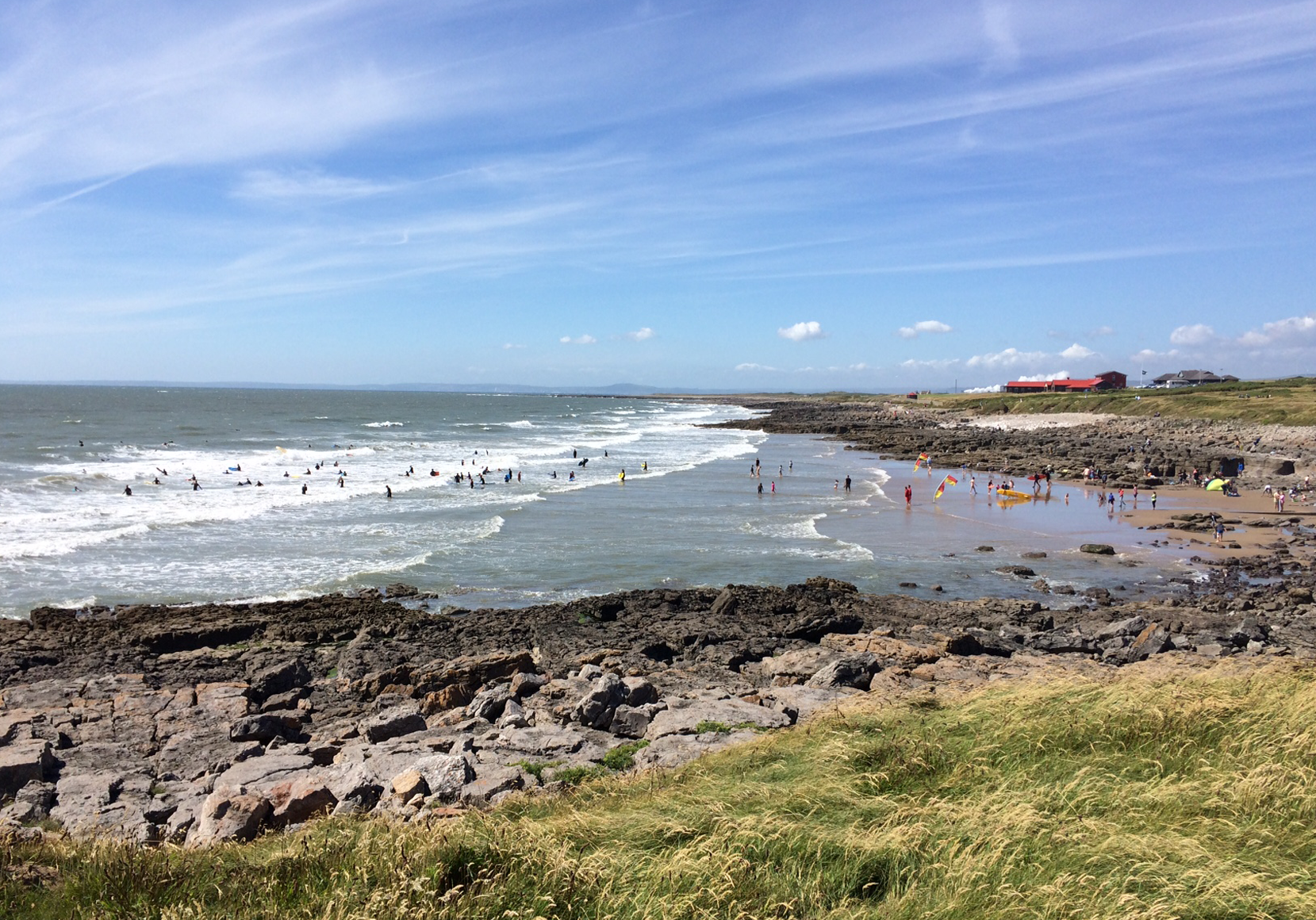Wildlife
Bridgend County Borough has a vast array of wildlife and is home to many rare and declining species. With ancient woodlands, river valleys, coastal sand dunes, farmland, commons and many other green spaces across the county, there’s plenty of wildlife to be discovered by everyone.
Many of our green spaces are managed for the benefit of wildlife as well as for people. Some areas, such as nature reserves, have been specially designated for their biodiversity value.
You can visit all of the nature reserves in Bridgend County Borough. These sites are protected by law and are managed to promote their biodiversity. If you visit these sites, or any other green spaces in Bridgend County Borough, please follow the countryside code:
Respect other people
• park carefully so access to gateways is clear
• leave gates and property as you find them
Protect the natural environment
• keep dogs under close, effective control
• bag and bin dog waste, or take it with you
• leave no trace of your visit and take all litter home
Enjoy the outdoors
• follow advice and local signs
Wildlife surveys can help us find out more information about the ecology of an area and see how biodiversity is changing over time. Everyone can get involved and tell us about the wildlife you see.
Your input will help us collect valuable information about the distribution of important wildlife right here in Bridgend County Borough.
• take part in our wildlife survey
• The Wildlife Trust of South and West Wales, the Woodland Trust (animals, trees and plants and fungus) and Back from the Brink also have a great mix of wildlife identification guides
• See our Get Involved section for links to citizen science projects that you can get involved in
Wildlife and natural environments support and enrich our lives. Everyone has a role to play to protect and celebrate our biodiversity. Although a lot of our wildlife has been affected by human action, we can take simple steps to help wildlife recover.
We can also use nature-based solutions to help tackle climate change and improve conditions for our wildlife.
Check out our ‘How to’ guides to find information on how you can help improve spaces for wildlife:
• how to build a bug hotel
• how to build a pond
• how to create and manage a wildflower meadow
• how to plant trees
Our own back gardens are often the place where we encounter wildlife most regularly. Find out how you can help nature at home.
The Wildlife Trust of South and West Wales have a great range of guides and videos on how you can improve wildlife for your garden.
As well as creating new spaces for nature, it’s also important to maintain existing spaces for nature. See the Woodland Trust website for advice on caring for trees and woodlands.
There are several large-scale projects that are working to improve the quality of habitats for wildlife. It’s really important to make high quality habitats in order to encourage species to move into an area. This is as well as allowing existing populations to develop resilience.
Some of these projects include:
• Dynamic Dunescapes – project working to rejuvenate some of England and Wales’ most important sand dues for people, communities and wildlife
Not all wildlife across Bridgend County Borough is native to the UK, and some of these non-native species are also invasive (INNS). Invasive, non-native species are any animal or plant which can spread while damaging the environment, economy, our health and way of life.
Problems caused by invasive species affect us all, and their impact is considered one of the greatest threats to biodiversity worldwide.
• balsam bashing

